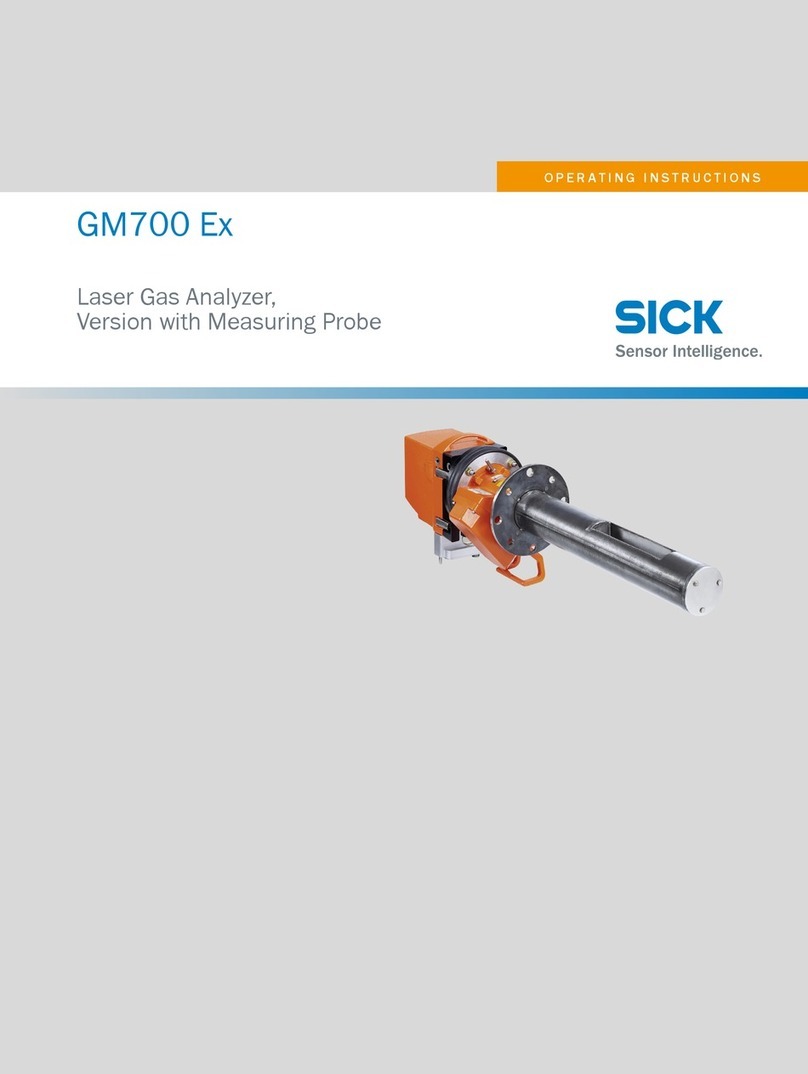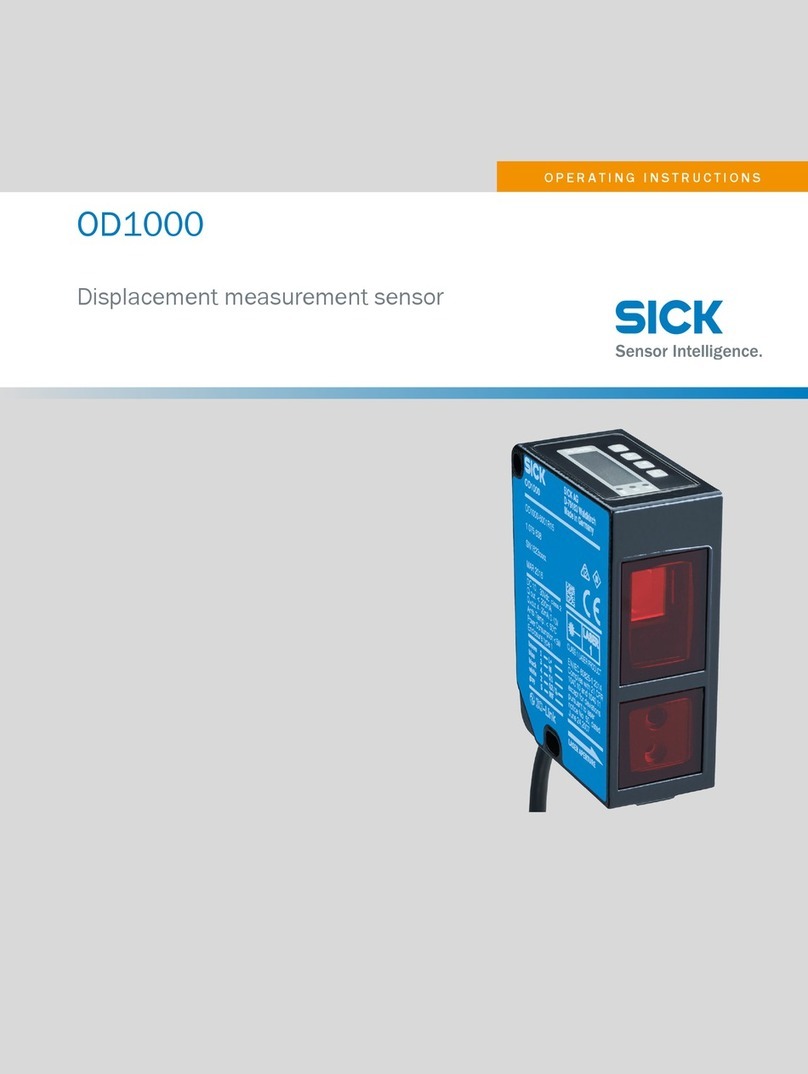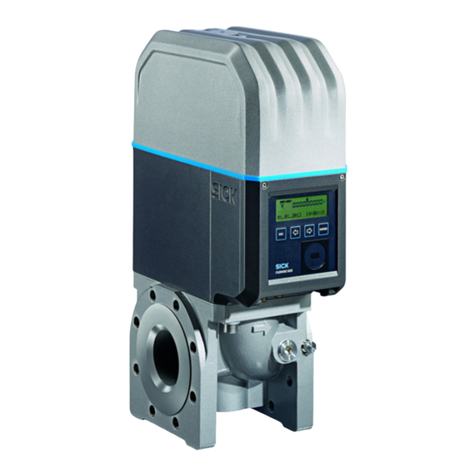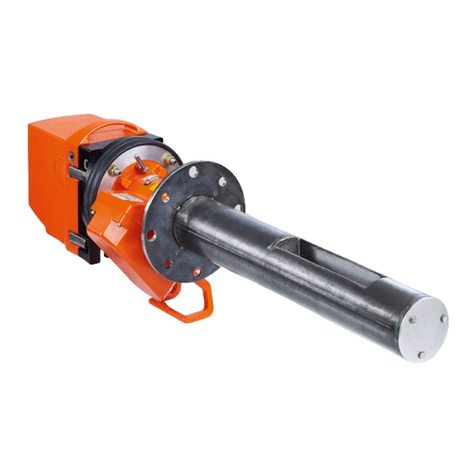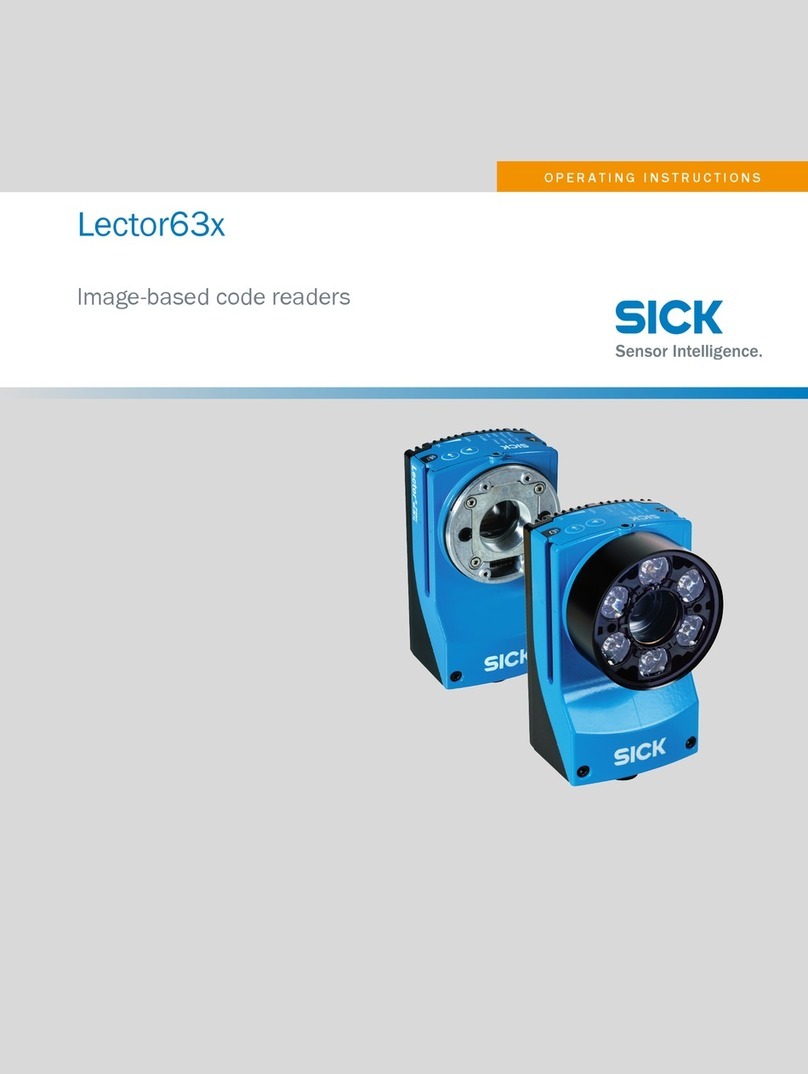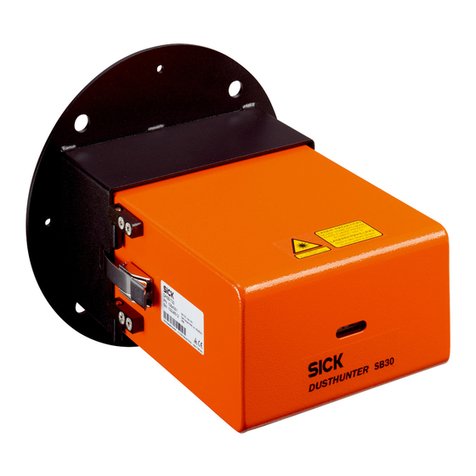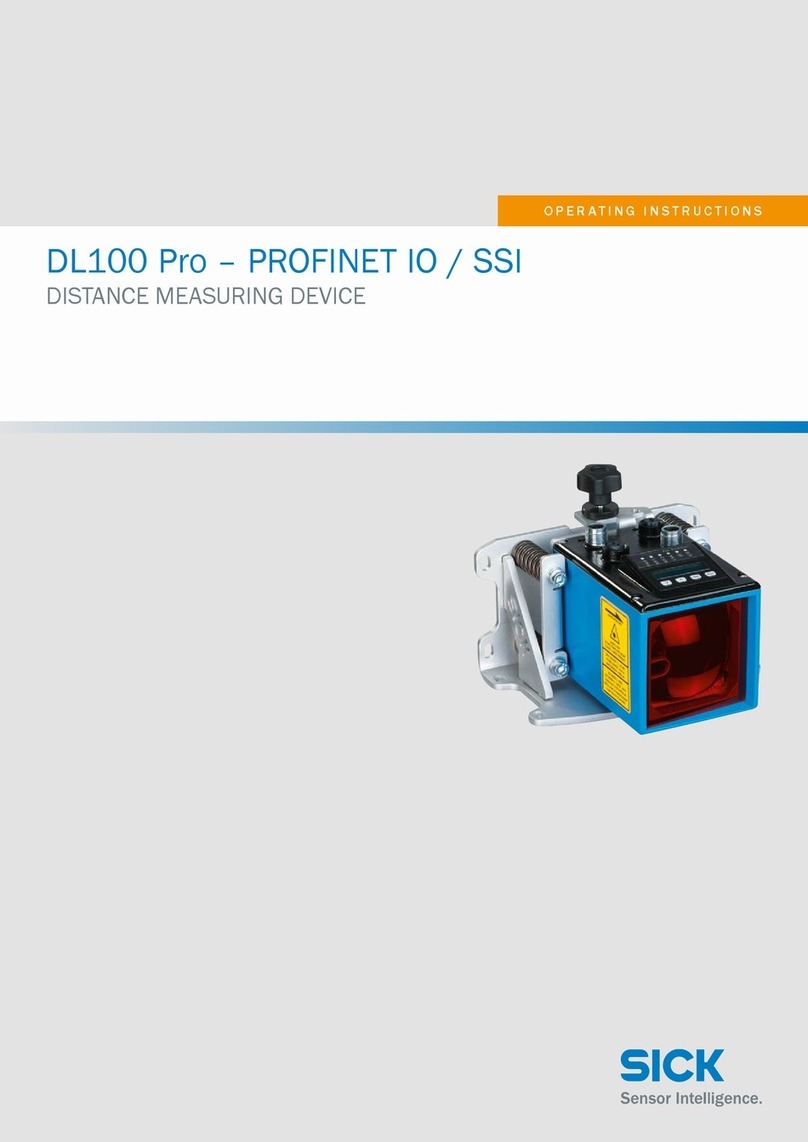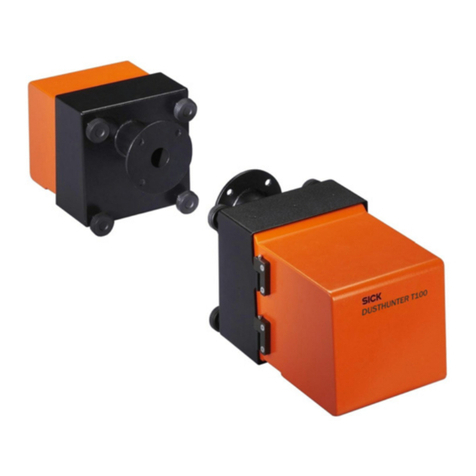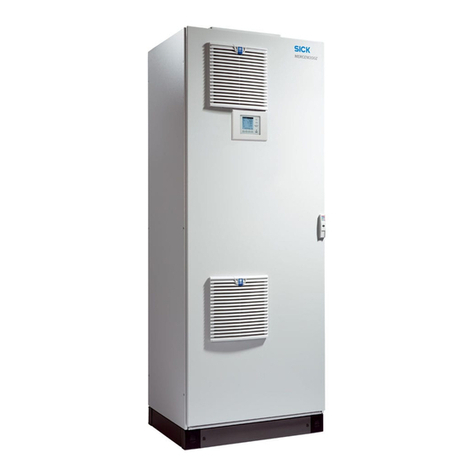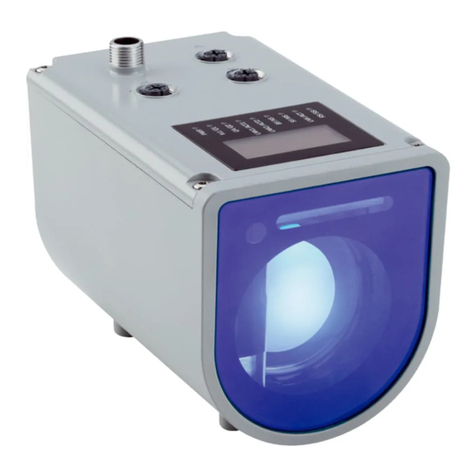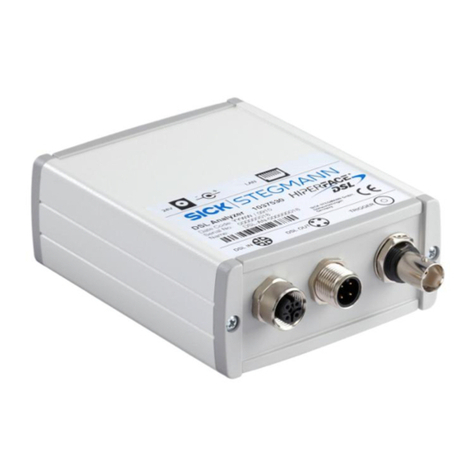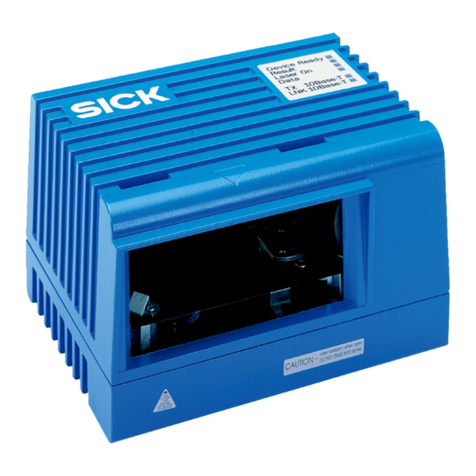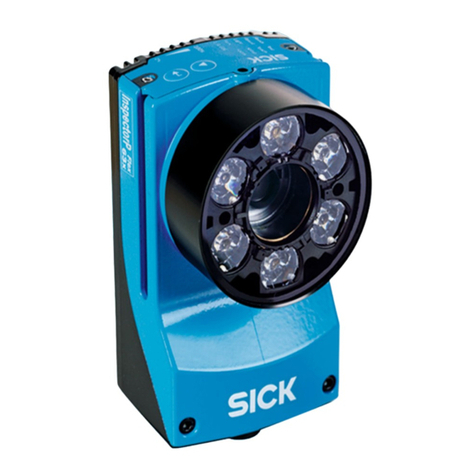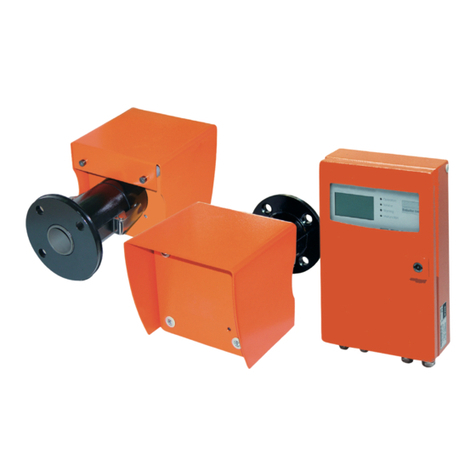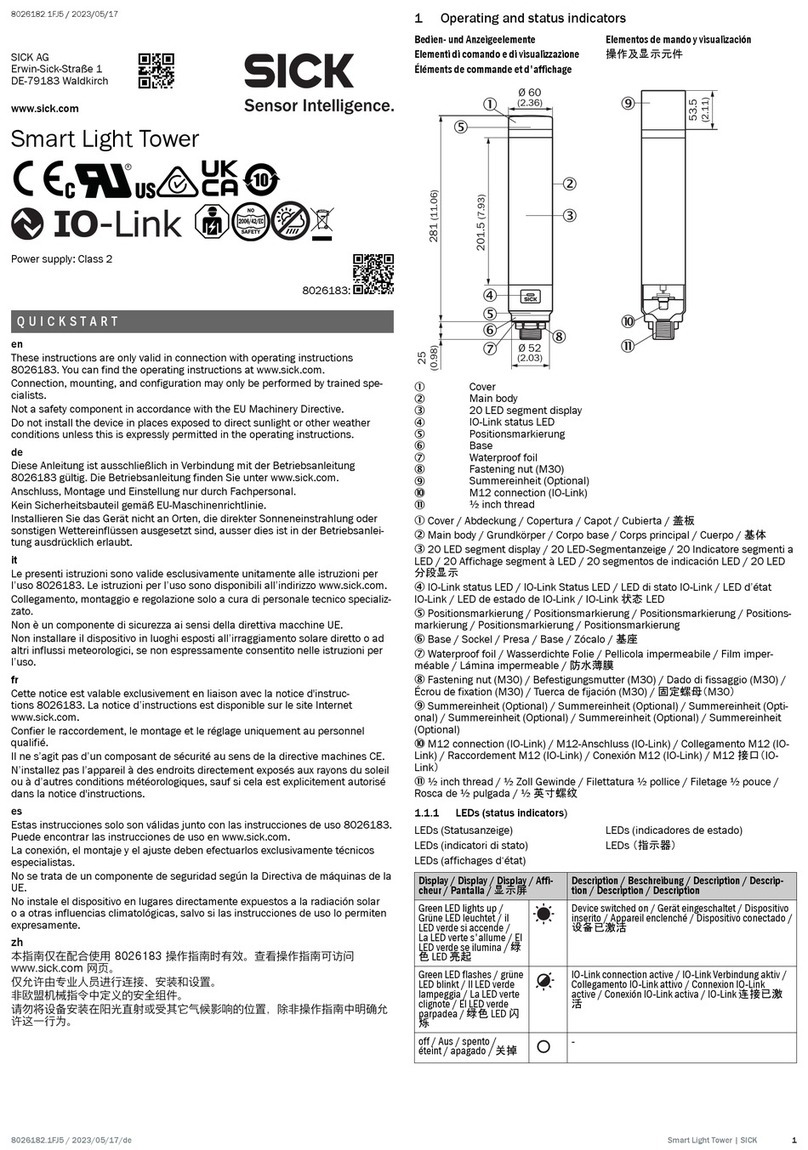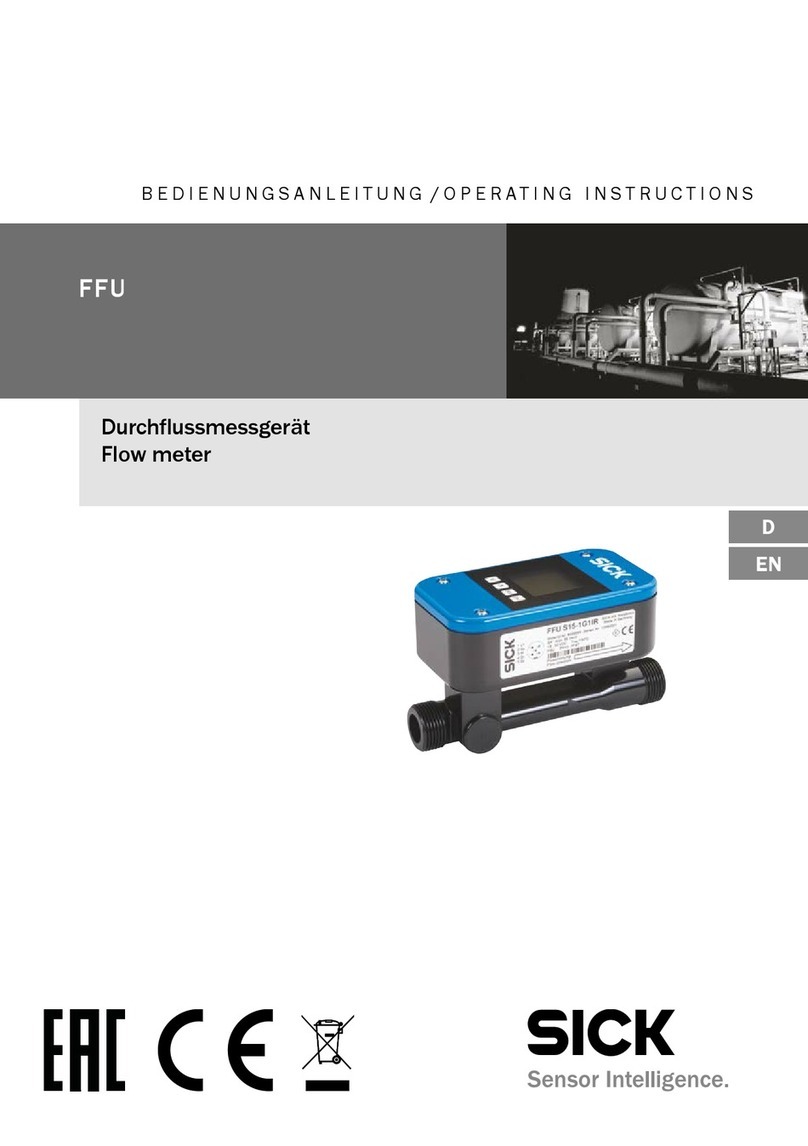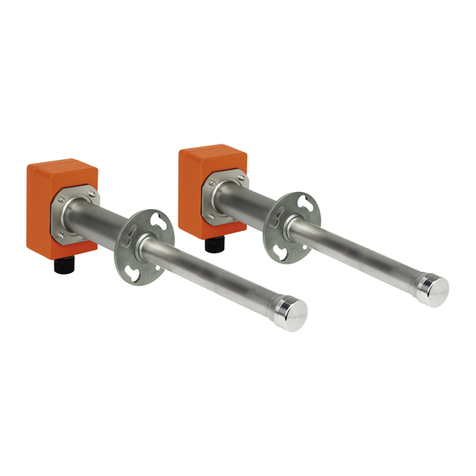
4.3.2 Minimum distance from the hazardous point....................... 28
4.3.3 Minimum distance to reflective surfaces............................... 31
4.3.4 Protection against interference from systems in close prox‐
imity to each other................................................................... 33
4.3.5 Reduced resolution................................................................. 38
4.3.6 Muting....................................................................................... 39
4.3.7 Smart Box Detection................................................................ 47
4.4 Integration in electrical control................................................................ 54
4.4.1 Restart interlock...................................................................... 56
4.4.2 External device monitoring (EDM).......................................... 57
4.4.3 Application diagnostic output................................................. 58
4.4.4 Signal lamp.............................................................................. 58
4.4.5 Connection of sender and receiver........................................ 59
4.4.6 Laser alignment aid................................................................. 60
4.4.7 Cascading................................................................................. 61
4.4.8 Smart presence detection....................................................... 64
4.4.9 IO-Link...................................................................................... 64
4.4.10 Muting....................................................................................... 64
4.4.11 Connection diagrams.............................................................. 65
4.5 Testing plan............................................................................................... 71
4.5.1 Test rod check.......................................................................... 72
4.5.2 Visual check of the machine and the protective device........ 75
5 Mounting............................................................................................. 76
5.1 Safety......................................................................................................... 76
5.2 Unpacking.................................................................................................. 76
5.3 Mounting the system plug........................................................................ 76
5.4 Installation................................................................................................ 78
5.4.1 Mounting the QuickFix bracket............................................... 81
5.4.2 Mounting the FlexFix bracket.................................................. 82
5.4.3 Mounting the upgrade bracket............................................... 85
6 Electrical installation........................................................................ 86
6.1 Safety......................................................................................................... 86
6.2 System connection (M12, 5-pin)............................................................. 87
6.3 System connection (M12, 8-pin)............................................................. 88
6.4 Extension connection (M12, 5-pin)......................................................... 89
7 Configuration..................................................................................... 91
7.1 Overview.................................................................................................... 91
7.2 Possible combinations of functions on SP2 system plug...................... 93
7.3 Factory settings......................................................................................... 93
7.3.1 Reset to factory settings......................................................... 94
7.4 Configuration mode.................................................................................. 95
7.5 Configuring beam coding......................................................................... 96
7.6 Configuring muting................................................................................... 97
CONTENTS
4O P E R A T I N G I N S T R U C T I O N S | deTec4 8021645/1EB0/2022-04-28 | SICK
Subject to change without notice
